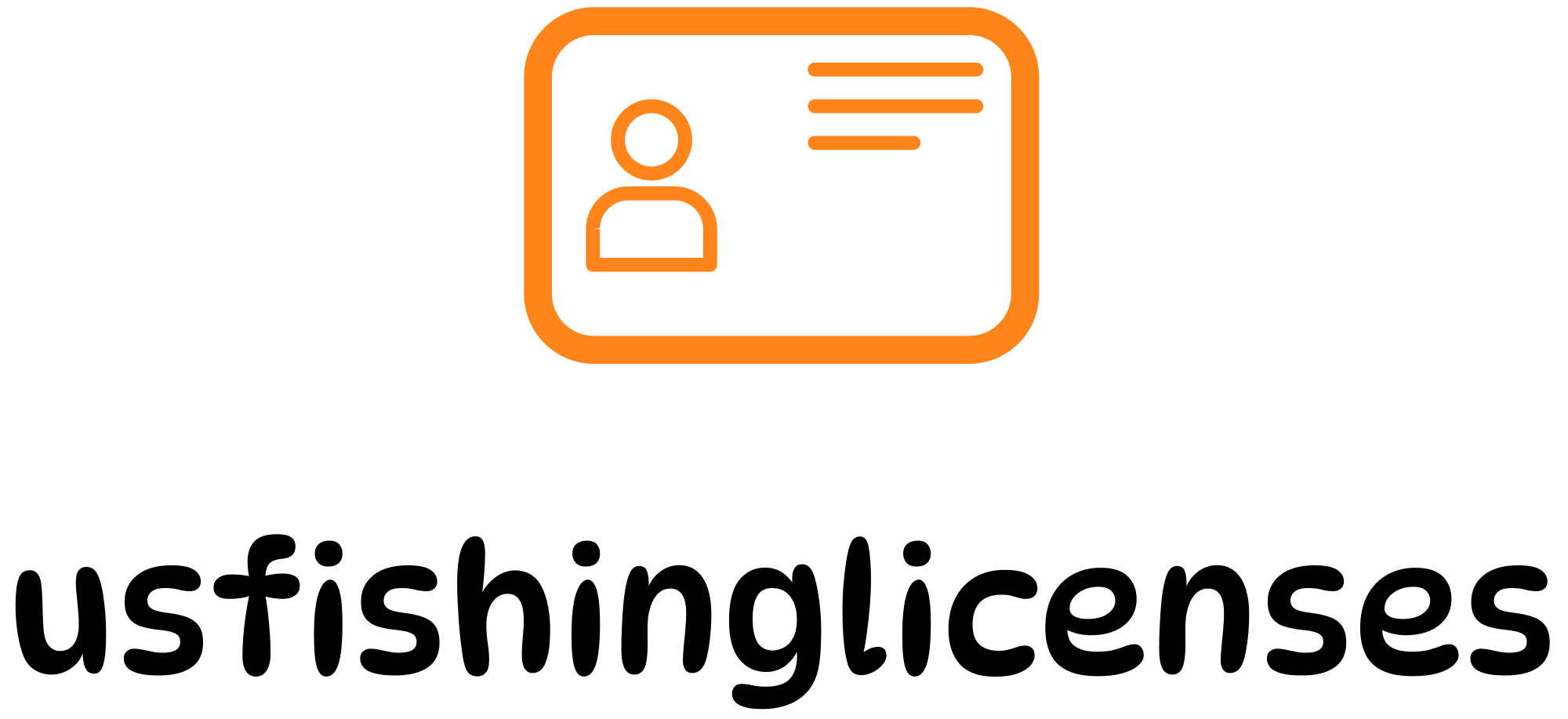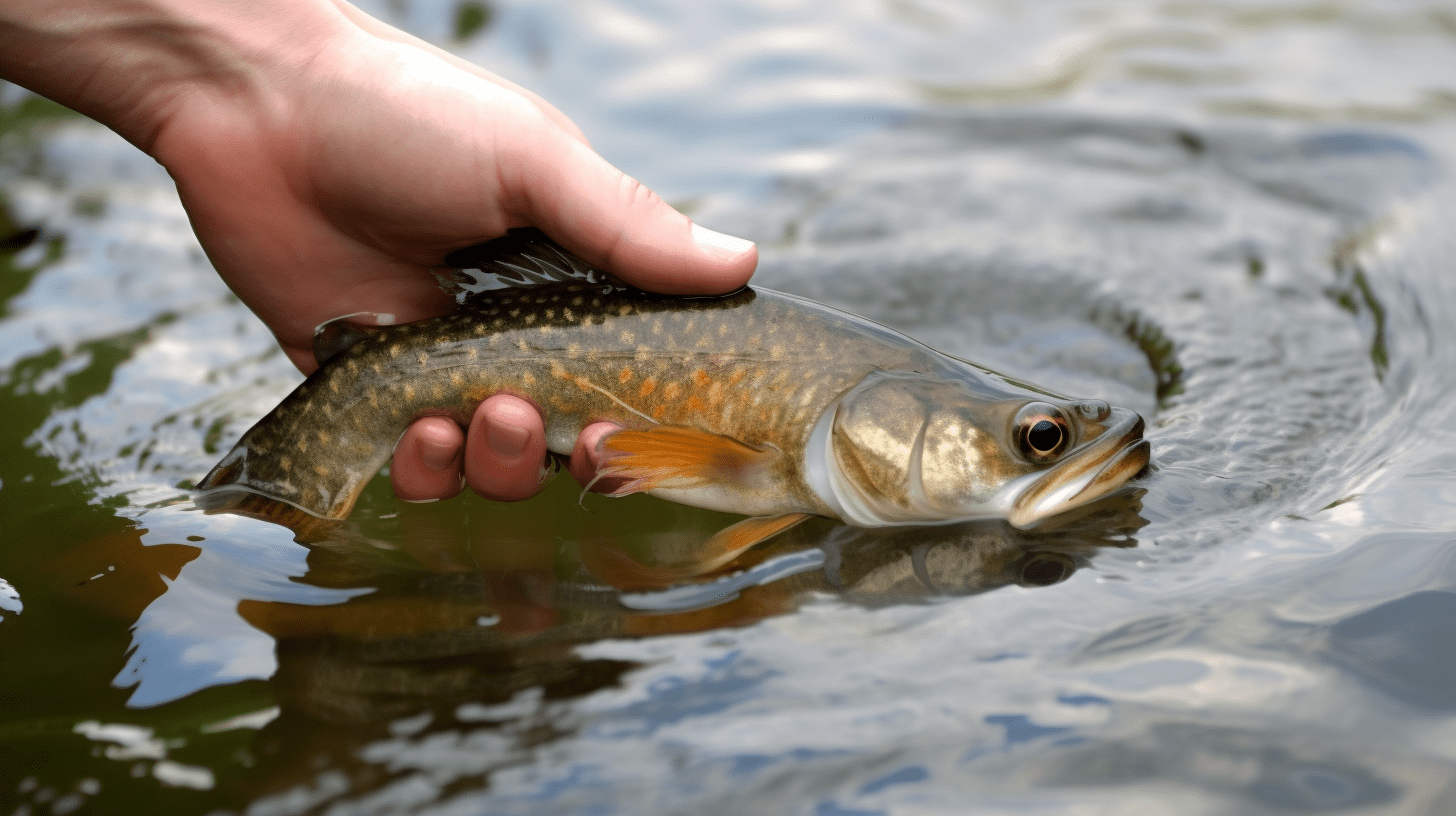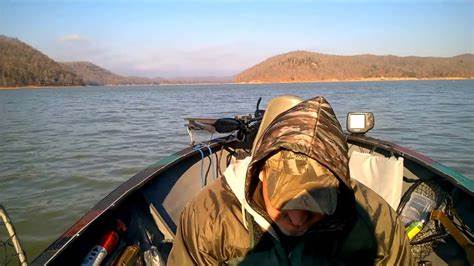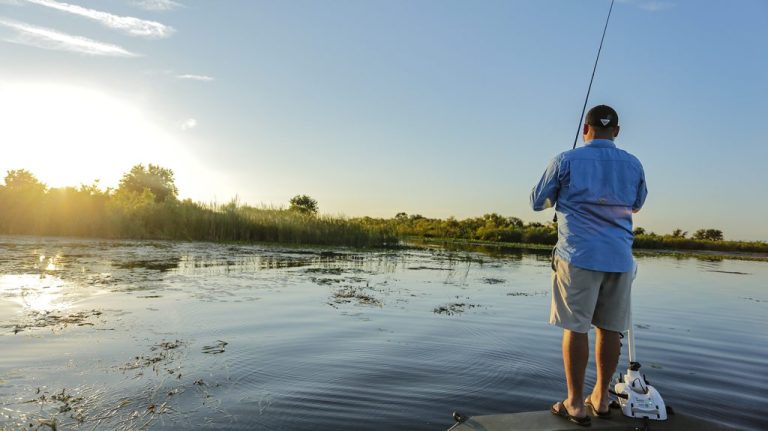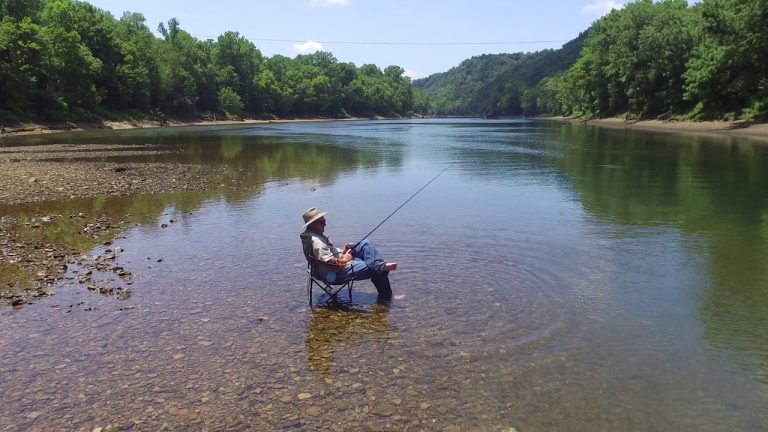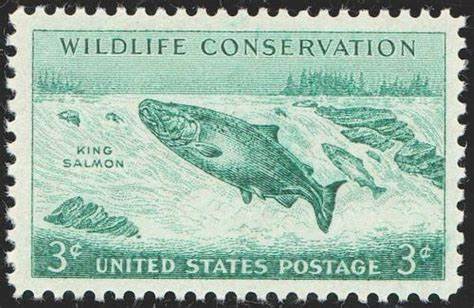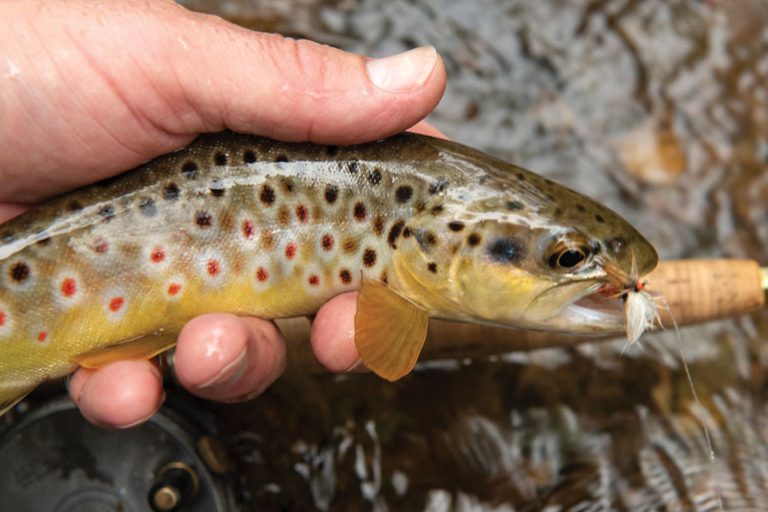Sustainable fishing practices play a crucial role in preserving our waterways and ensuring healthy fish populations for future generations. Among these practices, proper catch and release fishing stands out as one of the most essential techniques every angler should master. By returning fish to the water unharmed, anglers can contribute to the conservation of aquatic ecosystems while still enjoying the thrill of the sport.
What is Catch and Release Fishing?
Catch and release fishing is a conservation practice where anglers quickly unhook fish after capture and return them to the water unharmed. The goal is to minimize stress and injury, giving fish the best chance of survival. When done correctly, studies show that catch and release results in low mortality rates, allowing fish populations to thrive. For more detailed information on the science behind catch and release, refer to the NOAA Fisheries Catch and Release Fishing Best Practices page.
Benefits of Catch and Release
Catch and release fishing provides numerous benefits for fish populations, ecosystems, and the sport of angling:
- Preserves Fish Populations: By allowing more fish to remain in the water to grow and reproduce, catch and release helps maintain healthy population levels.
- Maintains Ecosystem Balance: Releasing fish helps preserve the natural predator-prey dynamics that are vital for balanced aquatic ecosystems.
- Supports Recreational Fishing: Catch and release enables more anglers to enjoy fishing opportunities while reducing the impact on fish stocks, especially for vulnerable or highly targeted species.
- Promotes Selective Harvest: By encouraging the release of smaller or non-target fish, catch and release allows anglers to selectively harvest fish of appropriate size and species within regulations.
Best Practices for Proper Catch and Release
Successful catch and release fishing starts before you even hit the water. Having the right gear and mindset is key. Here are some essential best practices:
1. Use Appropriate Tackle
- Rod, Reel, Line: Use gear with sufficient strength to quickly land fish and minimize exhaustion.
- Hooks: Single, barbless hooks make removal easier and reduce injury. Avoid stainless steel hooks, which degrade slowly if left in a fish.
- Landing Tools: Rubberized nets, release mats, and dehooking devices enable quick, low-impact handling.
2. Minimize Handling & Time Out of Water
- Wet Hands: Always wet your hands before touching fish to avoid removing their protective slime coating.
- Support Fish’s Body: Firmly hold fish horizontally with one hand around the tail and the other cradling the belly. Never hold vertically by mouth or gills.
- Quickly Land Fish: Use gear that allows you to tire fish rapidly and avoid prolonged struggles.
- Keep Fish in Water: Unhook fish while still submerged whenever possible. Avoid removing fish from the water for more than 60 seconds.
3. Properly Unhook & Release Fish
- Remove Hooks Promptly: If hooked deeply, cut the line as close to the hook as possible instead of trying to remove it.
- Revive Tired Fish: Hold fish upright underwater, facing into the current if in a river or stream. Release once it regains strength and swims away.
- Use Descending Devices: For fish caught from deep water suffering barotrauma, use a weighted release device to return them to depth.
4. Handle Fish With Care When Photographing
- Prepare Camera in Advance: Have your camera ready so you can quickly photograph and release fish.
- Minimize Air Exposure: Lift fish very briefly from the water for a photo, then gently lower it back in to let it recover before lifting again.
- Keep Fish in the Water: For the best release, take photos of fish while partially submerged.
Understanding Regulations
It’s critical for anglers to understand and follow catch and release regulations aimed at protecting sensitive species and preserving healthy fish populations. These rules often include:
- Requiring certain species to be released
- Specifying size limits for fish that must be released
- Restricting fishing methods to those enabling successful release
- Prohibiting removal of fish from the water
- Limiting the number of fish that can be harvested
Before fishing, always consult the regulations for your target species and location. Practice restraint and err on the side of release, even if harvest is allowed. For more information, visit the National Park Service’s Catch and Release Fishing page.
The Risks of Improper Catch & Release
While catch and release is a powerful conservation tool when done properly, poor techniques can unintentionally harm fish and undermine the practice’s benefits. Common mistakes include:
- Fighting fish to exhaustion
- Handling with dry hands, removing protective slime
- Injuring fish during hook removal
- Keeping fish out of water for extended periods
- Releasing fish without allowing recovery
These missteps can lead to delayed mortality, where fish die after release due to stress and injuries. One study found a 15% post-release mortality rate for striped bass, even when anglers used recommended practices. Across many anglers, this can have severe impacts on populations.
Resources for Anglers
A wealth of information is available to help anglers master catch and release best practices:
- NOAA Fisheries Catch & Release Best Practices
- Catch & Release Fishing: The Complete Guide
- Catch & Release Fishing: How to Do it Right
Many state wildlife agencies and conservation organizations also provide resources specific to local fisheries and species. Consult them and learn from experienced anglers committed to catch and release.
Conclusion: The Joy & Duty of Catch and Release
Catch and release fishing is not just a technique; it is a commitment to preserving our aquatic ecosystems and ensuring the sustainability of fish populations for generations to come. As anglers, we have a responsibility to practice this method and educate others about its importance. By doing so, we can continue to enjoy the joys of fishing while also contributing to the well-being of our natural world.
So get out there and embrace the art of catch and release. Together, we can uphold a legacy of sustainable angling for future generations.
